6 Places in Edinburgh - Then and Now
Edinburgh is the capital city of Scotland, but what is the story of its most remarkable landmarks?
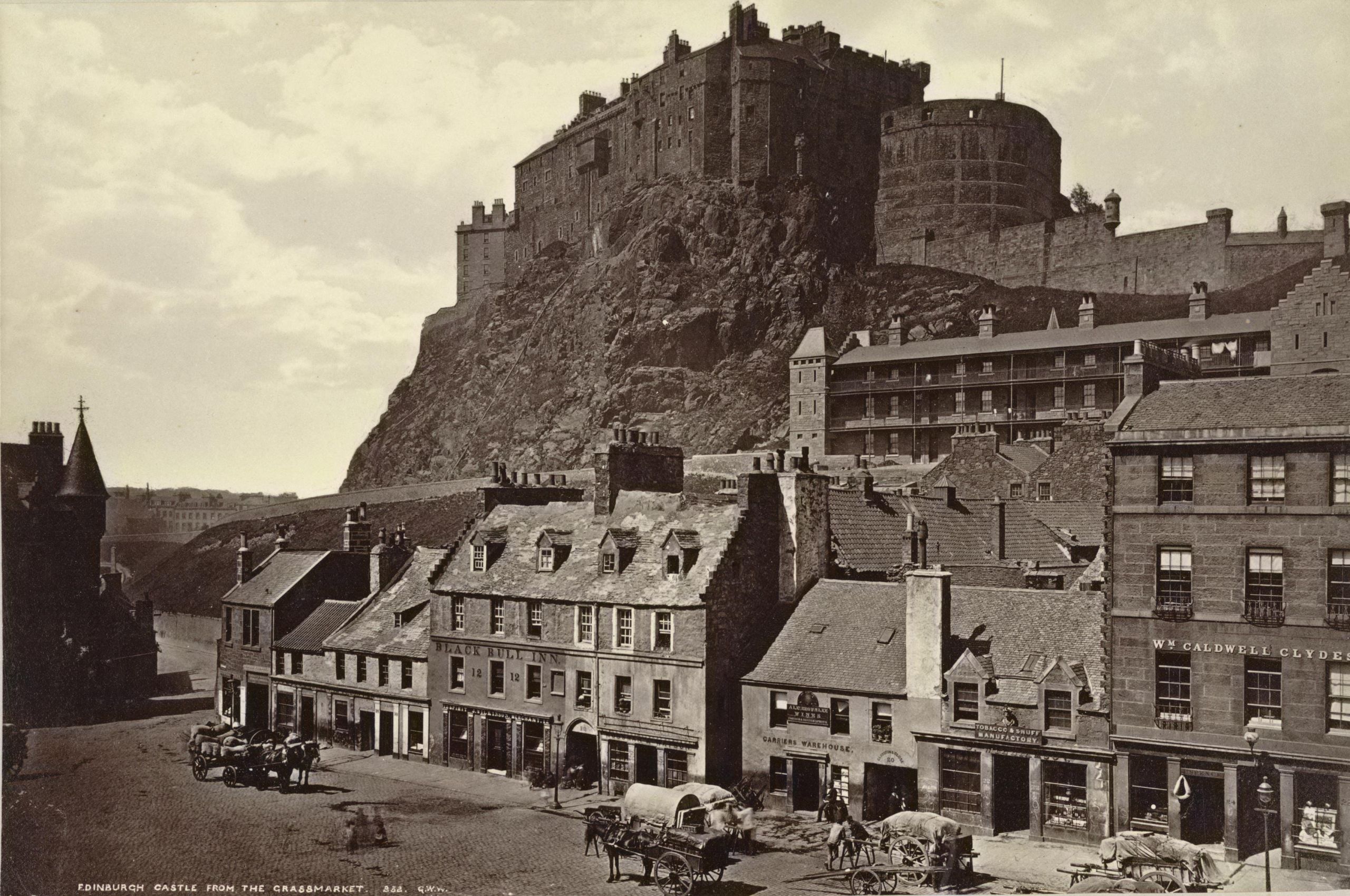
In the modern era, ancient places keep fascinating people, standing as a testimony of the past and helping us connect with it. In this article, you will find out why a royal palace is named after a vision of King David I, how Mary, Queen of Scots witnessed a crime in her private apartments, a fascinating story of inheritance and so much more.
Edinburgh Castle is a collection of buildings sitting in a fortress, dominating the landscape of the city from its position on Castle Rock.
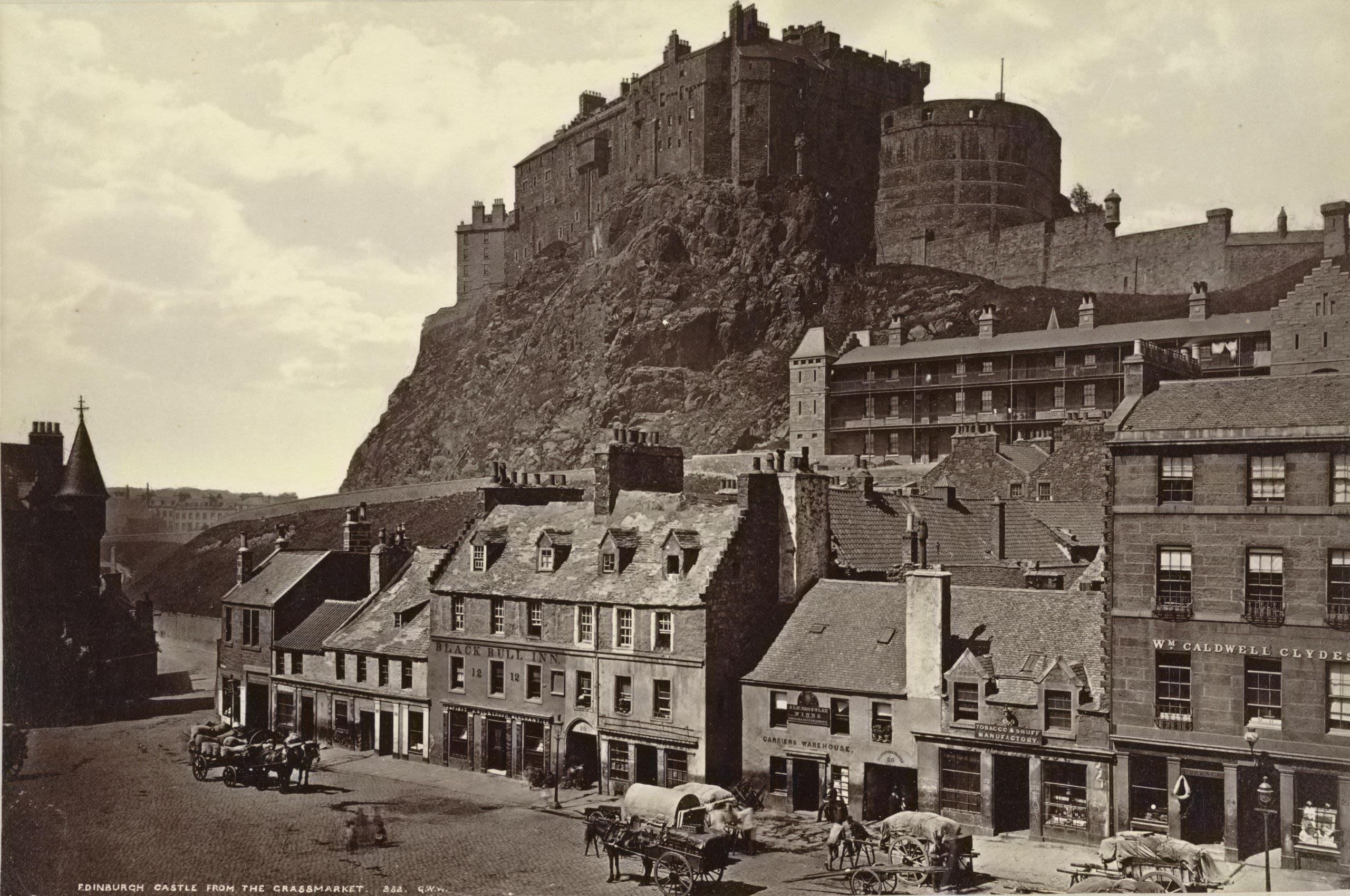
Artist/Maker Wilson, George Washington ©City of Edinburgh Council – Edinburgh Libraries. Capital Collection: www.capitalcollections.org.uk / Edinburgh Castle in 1945
Artist/Maker Wilson, George Washington ©City of Edinburgh Council – Edinburgh Libraries. Capital Collection: www.capitalcollections.org.uk / Edinburgh Castle in 1945
Rachel Pickering, Senior Cultural Resources Advisor at Historic Environment Scotland, said: “Edinburgh Castle is one of the oldest fortified places in Europe, with its origins dating back to prehistory, and has a long rich history as a royal residence, military garrison, prison and fortress. The Castle is home to Edinburgh’s oldest building – St Margaret’s Chapel – built in the 1100s in honour of Queen Margaret (d. 1093)."
When you climb Castle Hill, you will walk in the footsteps of soldiers, kings and queens.
Rachel Pickering also said: “Edinburgh Castle fell out of use as a royal residence from the late 1500s and over the following centuries it became much more important as a military base. Following the Lang Siege of 1571-1573, the castle’s military strength was repaired and enhanced, with the construction of the iconic Half Moon Battery."
"Edinburgh Castle has served as a residence, stronghold, treasury, barracks, prison, and much more – today it is a symbol of the nation and a top visitor attraction.”
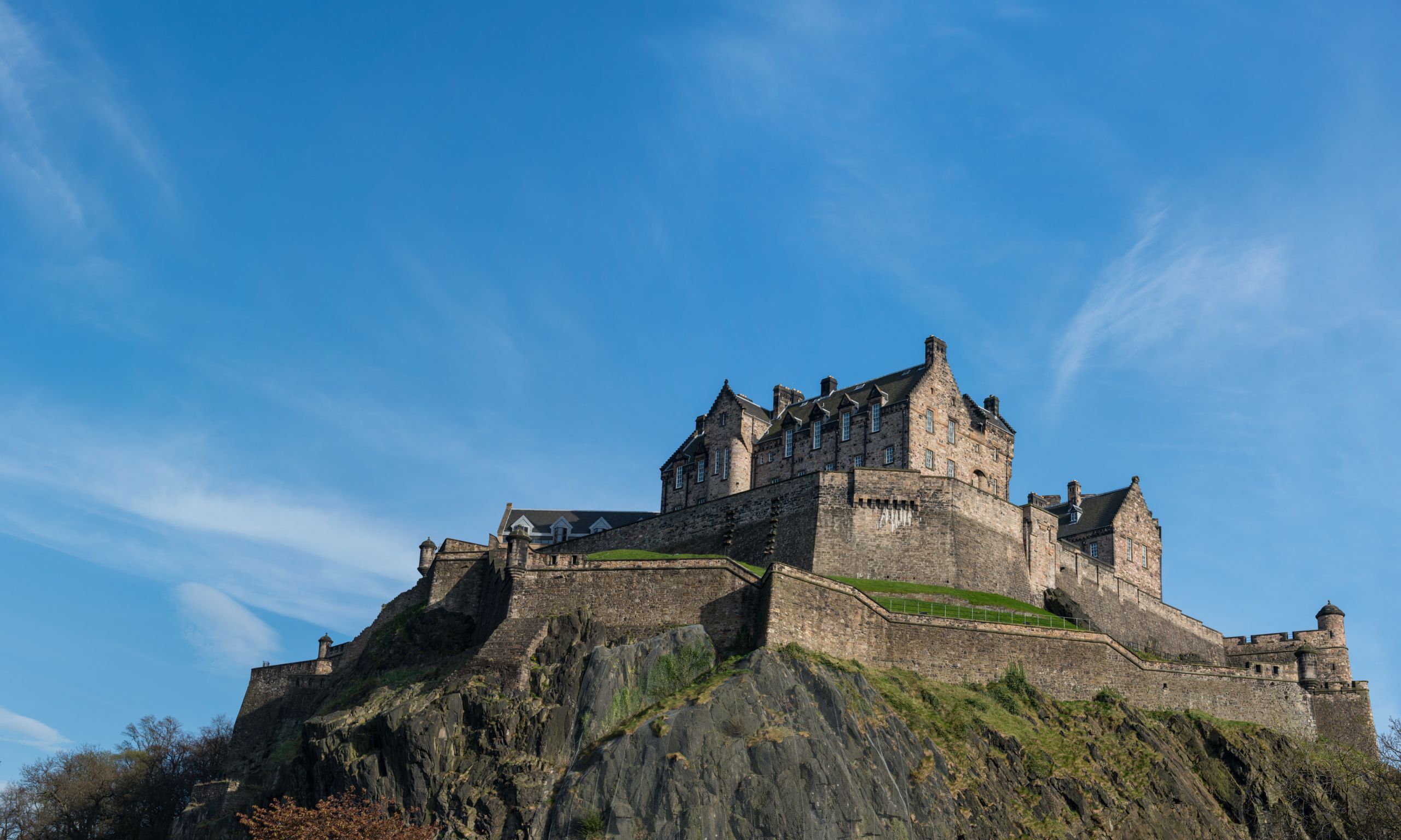
© Crown Copyright HES Edinburgh Castle 2014
© Crown Copyright HES Edinburgh Castle 2014
The castle is today considered a symbol of Scotland, as many people from around the world come to explore it every year.
The Palace of Holyroodhouse is known as the official residence of Queen Elizabeth II in Scotland. Holyroodhouse is also home to the 16th-century historic apartments of Mary, Queen of Scots. It was in the Queen's private apartments that she witnessed the murder of David Rizzio, her private secretary, on 9 March 1566.
The palace has undergone some additions and changes, including in 1501 and 1505, when James IV constructed a new Gothic palace adjacent to the abbey, suitable for him and his wife, Margaret Tudor. After centuries of neglect, ultimately it was George V who transformed Holyrood into a 20th-century palace, adding central heating and electric lights prior to his first visit in 1911.
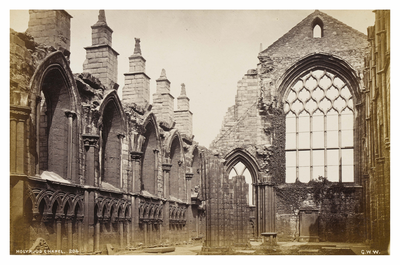
Artist/Maker: Wilson, George Washington ©City of Edinburgh Council – Edinburgh Libraries. Capital Collection: www.capitalcollections.org.uk
Artist/Maker: Wilson, George Washington ©City of Edinburgh Council – Edinburgh Libraries. Capital Collection: www.capitalcollections.org.uk
The name "Holyrood" meaning The Holy Cross, comes from a legendary vision of the cross witnessed by David I. Holyrood Abbey was looted and burned in 1544, during the War of the Rough Wooing.
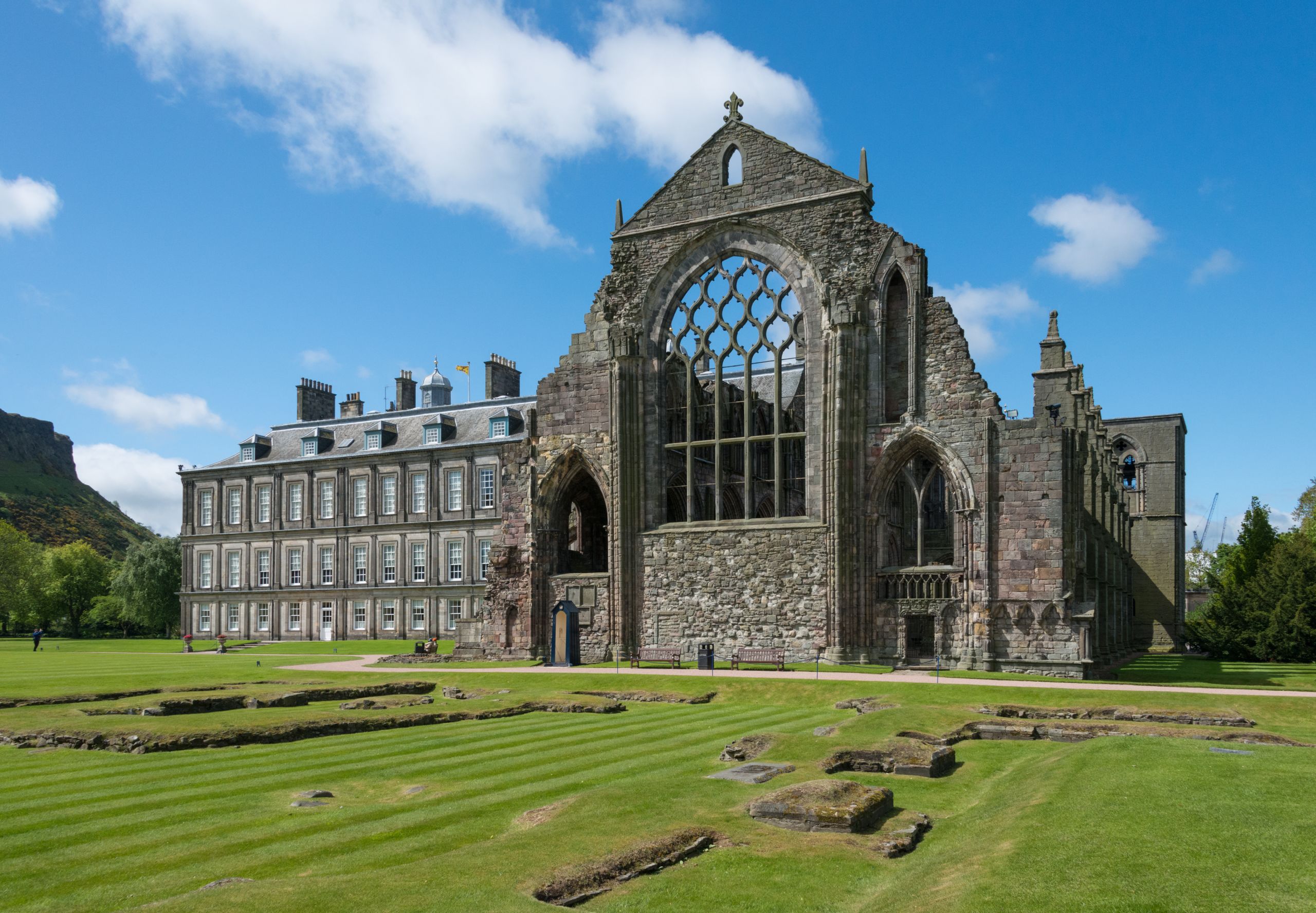
© Crown Copyright HES.
© Crown Copyright HES.
Repairs were made, but the altars were destroyed by a Reforming mob in 1559. The castle is now a royal residence and it attracts tourists who are eager to learn about its history. The ruins of Holyrood Abbey are also considered an important tourist attraction.
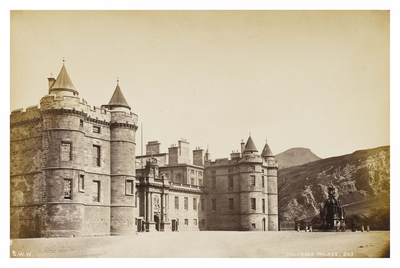
Artist/Maker Wilson, George Washington ©City of Edinburgh Council – Edinburgh Libraries. Capital Collection: www.capitalcollections.org.uk
Artist/Maker Wilson, George Washington ©City of Edinburgh Council – Edinburgh Libraries. Capital Collection: www.capitalcollections.org.uk
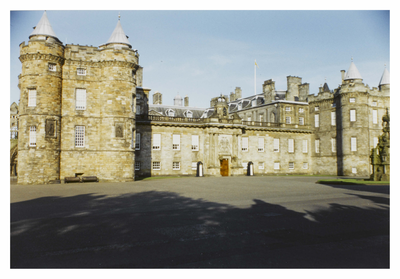
Artist/Maker: Murphy, Bernard ©City of Edinburgh Council – Edinburgh Libraries. Capital Collection: www.capitalcollections.org.uk
Artist/Maker: Murphy, Bernard ©City of Edinburgh Council – Edinburgh Libraries. Capital Collection: www.capitalcollections.org.uk
Camera Obscura & World of Illusions was founded by entrepreneur Maria Theresa Short in 1835 and it is linked to an interesting story of inheritance.
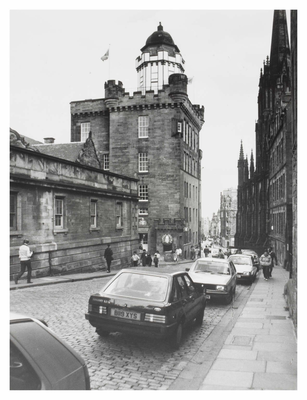
©City of Edinburgh Council – Edinburgh Libraries. Capital Collection: www.capitalcollections.org.uk
©City of Edinburgh Council – Edinburgh Libraries. Capital Collection: www.capitalcollections.org.uk
In 1827 Maria Theresa returned from the West Indies claiming to be the daughter of Thomas, son of scientific instrument makers from Edinburgh. She claimed his Great Telescope for her inheritance. She set up a Popular Observatory, which she opened in a wooden hut on Carlton Hill. The observatory has been pulled down in 1851 following continuous disagreements with the local council.
With the help of sponsors, Maria added an extra two floors and a viewing platform with a dome housing a camera obscura.
Claire Riddoch, Marketing Manager, Camera Obscura & World of Illusions, says: "Due to the age of the building and it’s history, the building has listed status, meaning that no significant building changes can be made. The majority of the building at the site currently is the original building, with the only improvements being made to make the structure safe and accessible.
Around 2010 the company acquired part of the building next door, which was previously a Ragged School. The buildings were joined together, allowing additional space for the attraction Camera Obscura & World of Illusions to grow."
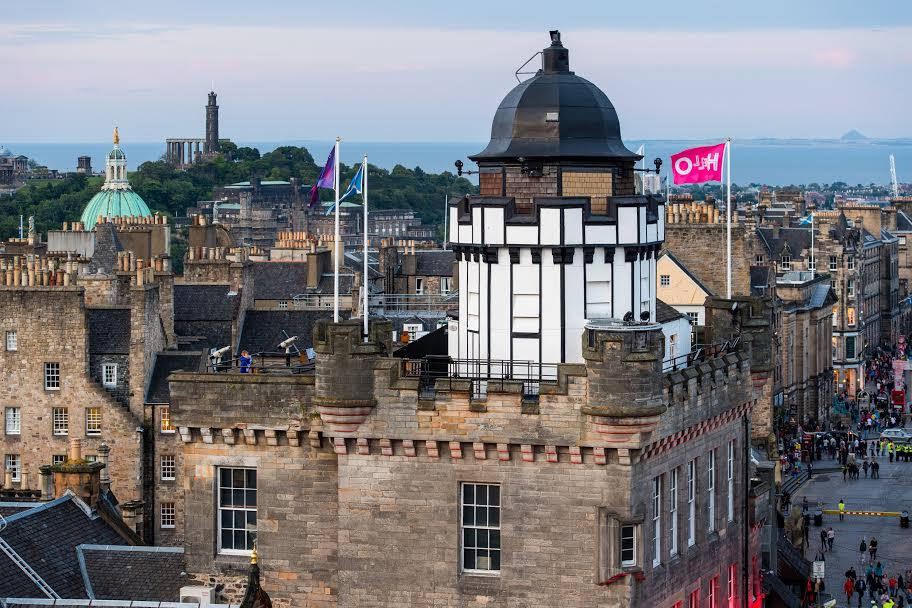
View of Camera Obscura from Tattoo Terrace. Photo by Camera Obscura & World of Illusions
View of Camera Obscura from Tattoo Terrace. Photo by Camera Obscura & World of Illusions
With its six floors of interactive exhibitions, the tower is still open to the public, making it the oldest purpose-built attraction in the city.
The Royal Botanic Garden Edinburgh is a place of science and nature, where plants from all over the world can be studied and admired.
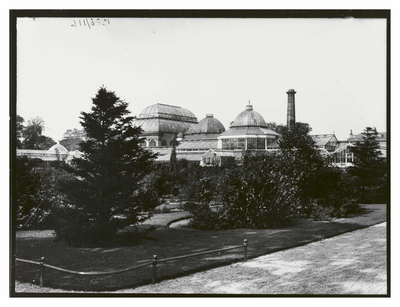
©City of Edinburgh Council – Edinburgh Libraries. Capital Collection: www.capitalcollections.org.uk Royal Botanic Garden in 1900
©City of Edinburgh Council – Edinburgh Libraries. Capital Collection: www.capitalcollections.org.uk Royal Botanic Garden in 1900
The Royal Botanic Garden was founded in 1670 at St. Anne's Yard. At the basis of the garden was the private collection of Sir Patrick Murray, 2nd Lord Elibank, moved from his home at Livingston Peel in 1672 following his death in September 1671.
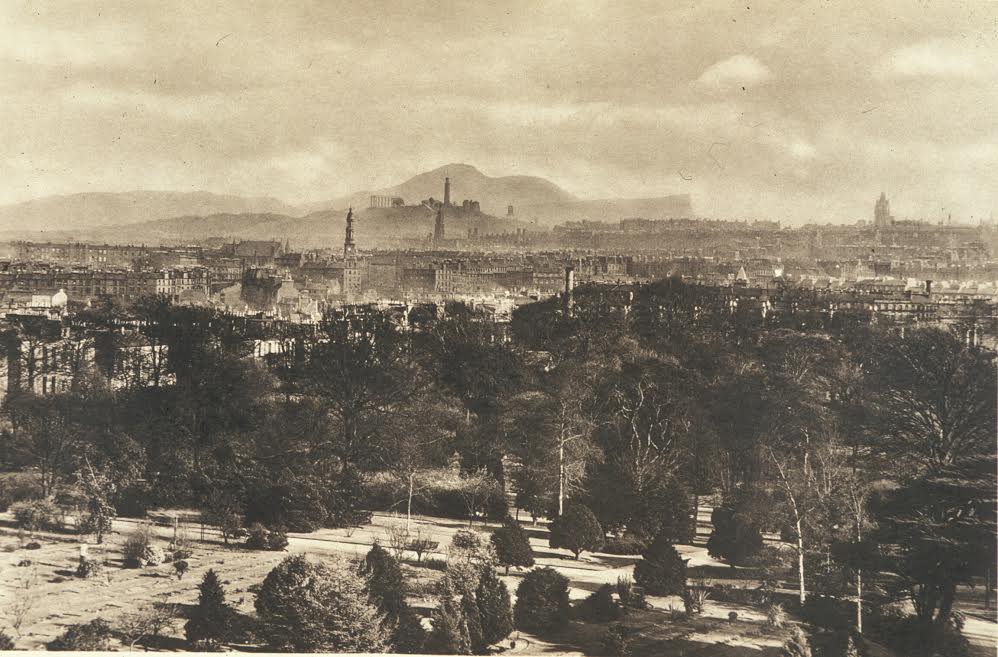
© The Royal Botanic Garden Edinburgh - Inverleith Garden
© The Royal Botanic Garden Edinburgh - Inverleith Garden
When the site proved too small, the garden moved to a new site to the east of the Nor Loch, down from the High Street, in 1676.
Later, in 1763, the garden's collections were moved away from the city's pollution to the larger Physick Garden on the west side of Leith Walk.
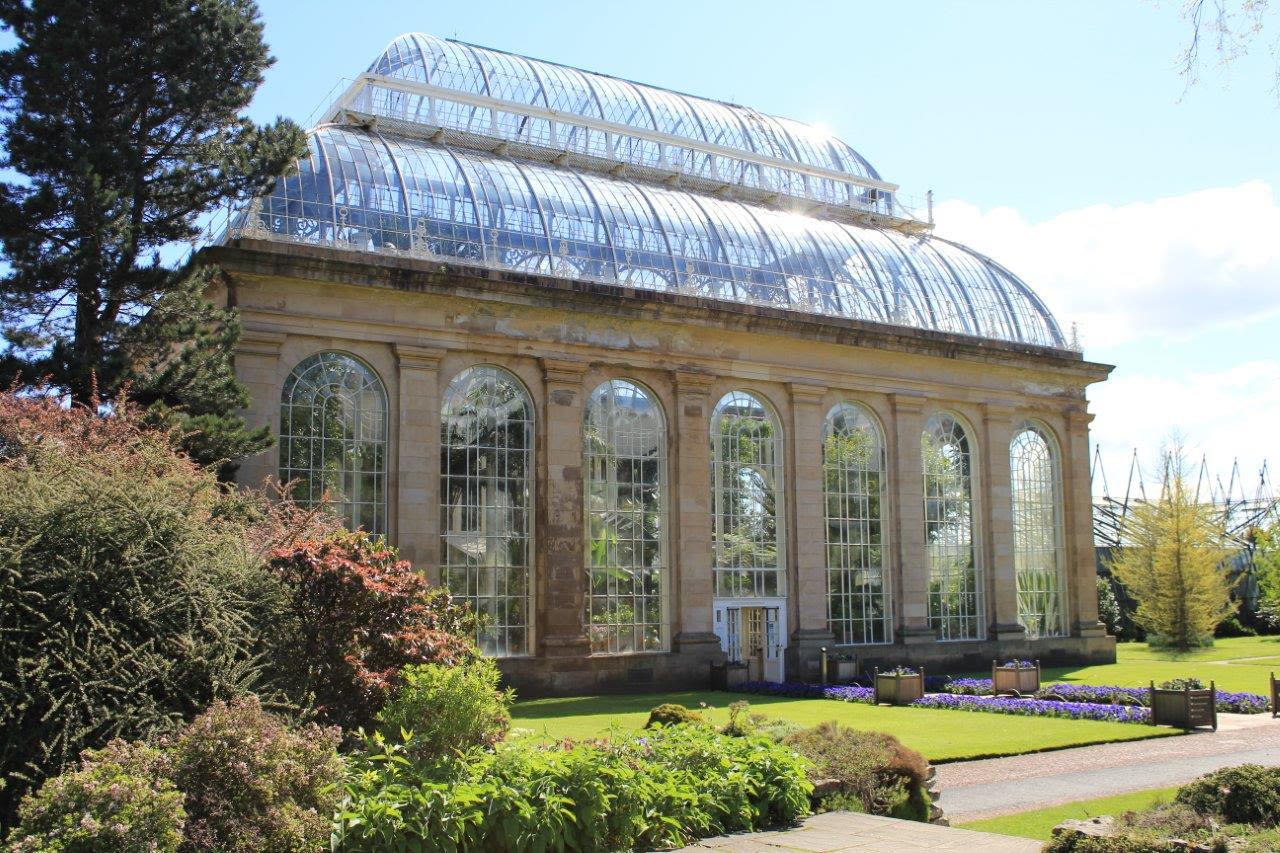
© The Royal Botanic Garden Edinburgh - The Victorian Temperate Palm House was built in 1858
© The Royal Botanic Garden Edinburgh - The Victorian Temperate Palm House was built in 1858
Sandra Donnelly from RBGE says: "The Garden is continuously evolving, but over the 350 years history there have been changes to our location and in recent times there have been additions to the Garden, such as the visitor centre and Botanic Cottage. "
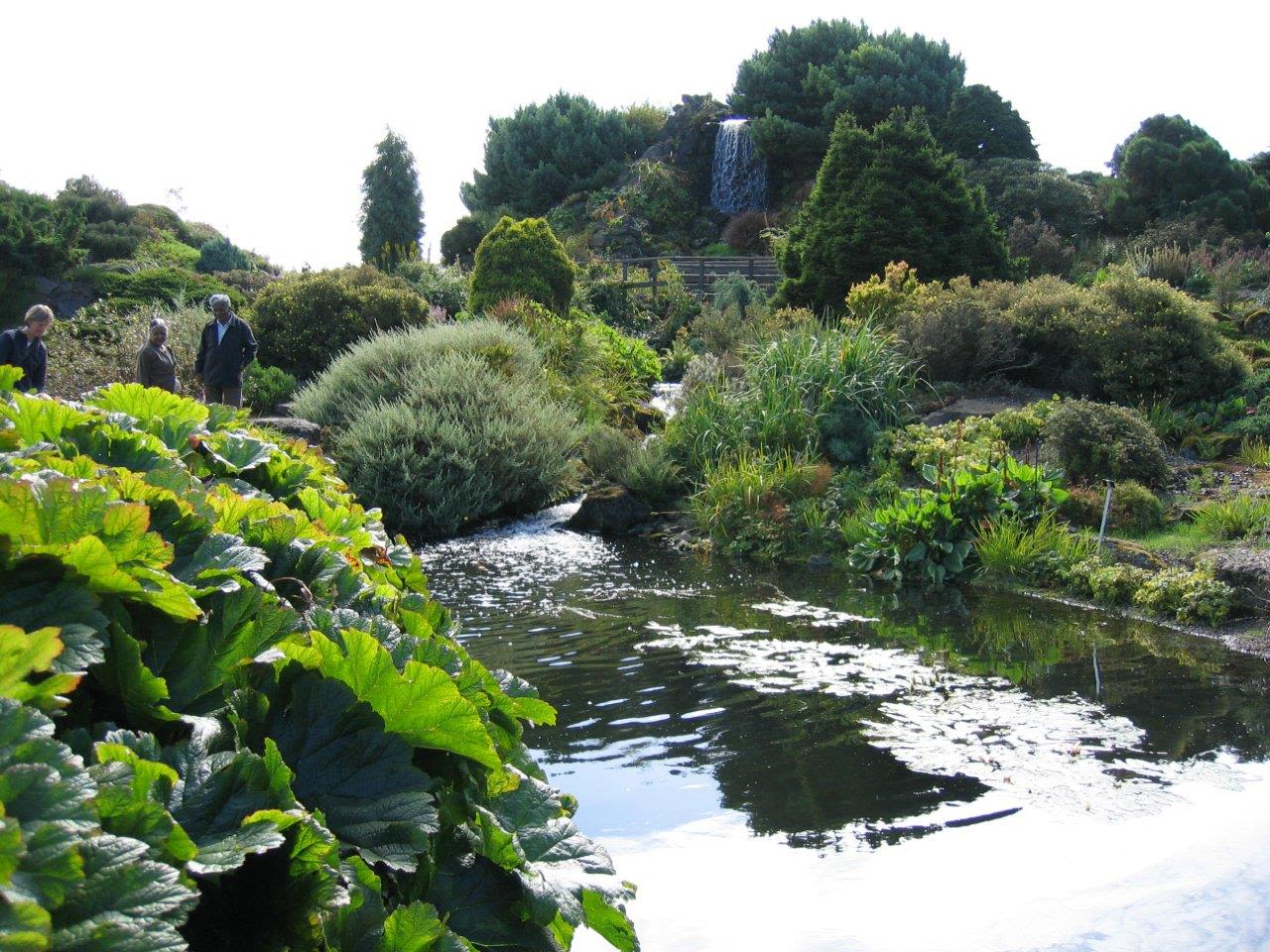
© The Royal Botanic Garden Edinburgh - Rock Garden
© The Royal Botanic Garden Edinburgh - Rock Garden
The Royal Botanic Garden in Edinburgh has a living collection, a herbarium catalogue, a library and an archive. The RBGE Living Collection catalogue is available here and is updated nightly.
The Scottish National Gallery is the place where the art lives in Scotland. The neoclassical style building designed by William Henry Playfair is hosting a mix of Scottish and international art from the beginning of the Renaissance up to the start of the 20th century.
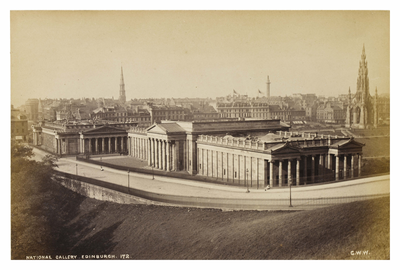
Artist/Maker: Wilson, George Washington ©City of Edinburgh Council – Edinburgh Libraries. Capital Collection: www.capitalcollections.org.uk / National Gallery, Edinburgh 1880
Artist/Maker: Wilson, George Washington ©City of Edinburgh Council – Edinburgh Libraries. Capital Collection: www.capitalcollections.org.uk / National Gallery, Edinburgh 1880
The Scottish national collection originates from the Encouragement of the Fine Arts in Scotland. The Royal Scottish Academy, a separate institution, was founded by a group of artists who, dissatisfied with its policies, left the Royal Institution. A new building for the RSA was designed by William Henry Playfair in 1850.
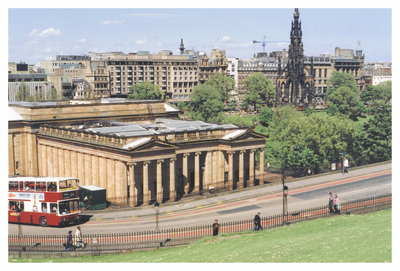
©City of Edinburgh Council – Edinburgh Libraries. Capital Collection: www.capitalcollections.org.uk / National Gallery from the Mound 2001
©City of Edinburgh Council – Edinburgh Libraries. Capital Collection: www.capitalcollections.org.uk / National Gallery from the Mound 2001
In the early 21st century, the National Galleries launched the Playfair Project, a scheme to create an underground connecting space, called the Weston Link, between the Gallery and the renovated Royal Scottish Academy building. The new underground space opened in 2004.
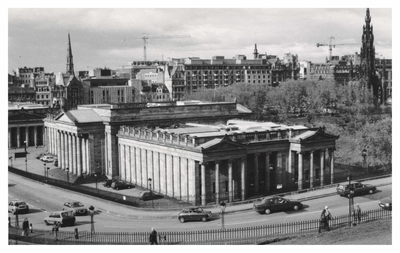

Saint Giles' Cathedral or the High Kirk of Edinburgh, is a church was begun in the 14th century and extended until the 16th century.
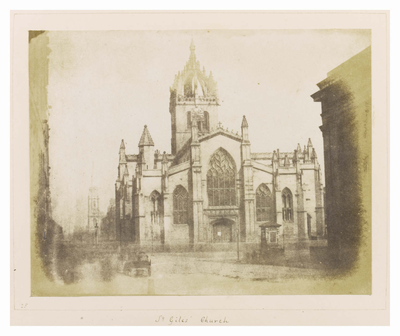
©City of Edinburgh Council – Edinburgh Libraries. Capital Collection: www.capitalcollections.org.uk / St Giles' Church 1850
©City of Edinburgh Council – Edinburgh Libraries. Capital Collection: www.capitalcollections.org.uk / St Giles' Church 1850
St. Giles' was founded by King David I in 1124, and it pre-dates most of the Old Town. In 1322, English King, Edward II, sent an army north to invade Scotland, at the time, St. Giles', a small Romanesque church, was heavily fire damaged.
Alterations were mostly undertaken in the 19th and 20th centuries when the Thistle Chapel was added.
St Giles' is closely associated with many events and figures in Scottish history, especially John Knox, who served as the church's minister after the Scottish Reformation.
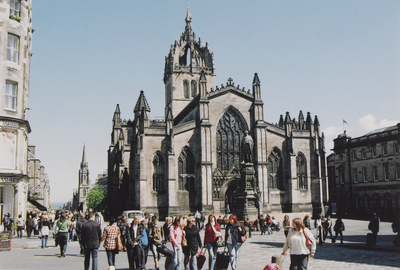
Artist/Maker: Murphy, Bernard ©City of Edinburgh Council – Edinburgh Libraries. Capital Collection: www.capitalcollections.org.uk / St Giles Cathedral, Edinburgh 2010
Artist/Maker: Murphy, Bernard ©City of Edinburgh Council – Edinburgh Libraries. Capital Collection: www.capitalcollections.org.uk / St Giles Cathedral, Edinburgh 2010
As one of the most important historic monuments of Edinburgh, St. Giles has been restored and cared for throughout the years. Between 2001 and 2005, the church's beautiful, old stained glass was restored. In 2018, St Giles' was the fourth most popular visitor site in Scotland
Here is an interactive map to help you with your journey of finding these places:
